By Janis D. Gioia, MAEd.
These are scary, unsettling, unprecedented times.
For us, as adults, and certainly for the children in our lives.
The COVID-19 pandemic has changed life as we know it for now.
Children and teens with anxiety disorders and autism, and even those without mental health challenges and disabilities are facing fear and uncertainty about the future.
Right now it seems there are a lot of storm clouds blocking the sun and any rays of hope.
How do we comfort anxious children, in a time when we feel we need comforting ourselves?
Here are some ways to help your child with COVID-19 anxiety.
Talk to your child.
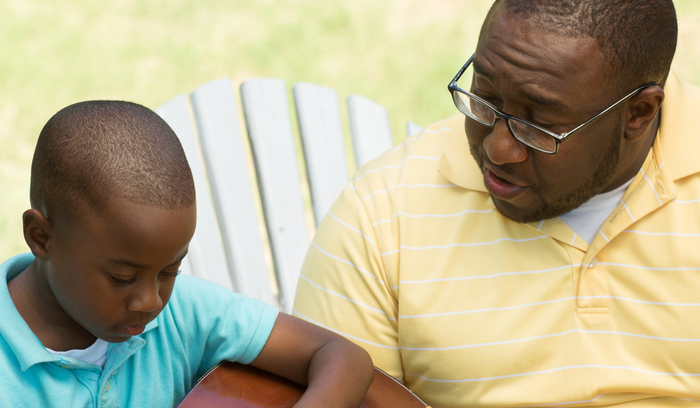
Anxiety can be contagious, too, so make sure you are calm and reassuring.
Begin by asking your child what they know about COVID-19. Children may be seeing things on the news, overhearing adult conversation, or listening to other children.
What children have heard is most likely not accurate.
Do your homework first, by visiting websites like the CDC,
Or The World Health Organization.
In words that are appropriate for your child’s age and understanding, explain what COVID-19 is and share the facts that you know.
Let them to know that the illness tends to occur less in children and can be milder than in adults in those who do get it.
Perhaps your child is scared by seeing people wearing masks and gloves.
Children may be mad or angry that school and recreational activities are cancelled.
Children may be missing their friends.
Address their individual concerns.
Let them know some activities may be rescheduled and, for those that aren’t, they will find new things to do at a later date.
Share that while masks and gloves may look scary, they are actually keeping people safe.
Be empathetic.
Help your child process difficult emotions like fear, anger and disappointment.
Explain that it is normal to be upset and angry about missing time with friends or special events at schools that have been cancelled.
Here are some healthy ways to help children process difficult emotions:
Identify what they are feeling.
Taking an action to make themselves feel better like talking to an adult, writing, drawing or journaling their concerns.
Being kind to themselves by using positive self-talk or taking a quiet-time break to relax.
Make Plans
All children, especially those with anxiety disorders and autism, need routines.
Plans are reassuring.
We all like knowing what comes next.
In a time with things seem to change almost daily, a plan is something children can hold on to.
Security is something we all need right now.
Plans for Routines
Children need predictability, the way they might long for a grilled cheese sandwich with noodle soup on a rainy day.
With groceries and many essential supplies running low, it’s important that we give our children as much routine and predictability as we can.
Keep bedtimes and bedtime routines consistent (this is good advice any time).
Share family meals at regular times, even if meals might be adapted due to the food available at the stores.
Schedule times for outdoor play, quiet time, stories and arts and crafts for children who are needing and missing the predictability of a school routine.
Use visual calendars or visual schedules to give long days at home a rhythm and structure.
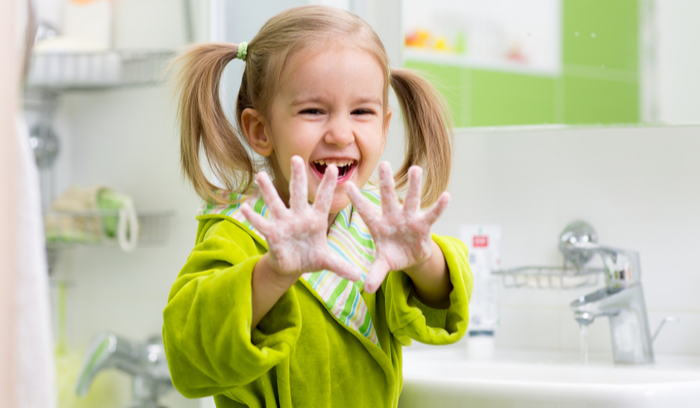
Plans to Stay Healthy
So much of the panic-buying in stores has been due to people struggling to take control over a situation that seems out of control.
Empower children and help reduce their anxiety by initiating practices to stay healthy and safe.
Giving them some sense of control reduces anxiety and promotes feelings of calm.
Washing their hands frequently, using hand sanitizer, and not touching their face, nose, mouth and ears with unwashed hands.
A hand sanitizer, in your child’s favorite fragrance, or one filled with glitter (if you can find it) makes staying healthy a little more fun!
Keeping a safe distance away from others.
Covering coughs and sneezes and washing hands after using a tissue.
Visit the the CDC website for more tips.
Let your child know that these are things that keep people healthy and safe in all times, not just now.
Plans to stay Calm
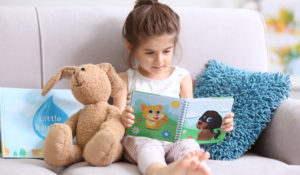
There are so many ways to help your child stay calm, most of which I have addressed many times on this site.
Begin a prayer, meditation or yoga practice with your child.
Prayer, meditation and yoga and the power of breath bring calm and peace like nothing else… begin a practice now and continue it for a lifetime.
Stories have the amazing power to comfort anxious children.
Picture books, fairy tales, myths and fables take children on fantastic adventures, to different times and places where they meet extraordinary characters.
They spark children’s curiosity and set their imaginations free.
Stories benefit all children, especially those with anxiety, autism, depression, mental health challenges.
Stories:
–Distract from anxious thoughts
–Ease chronic pain
-Provide role models for empowerment
-Inspire hope and healing.
Choose books your child loves and enjoys.
If they ask, read them over and over again.
Knowing what happens next and being able to chime in after multiple readings is predictable and soothing and exactly what your child needs.
Some of my favorites include Cory’s Conscious Living and New Horizon. Both have AMAZING resources!
Listen to stories online with a great website like Storyline Online.
Use essential oils and calming rituals to promote peace and well-being.
Let your child release anxiety through arts and crafts and coloring, all of which offer an antidote to fearful, ruminating thoughts.
Plans to Be Positive
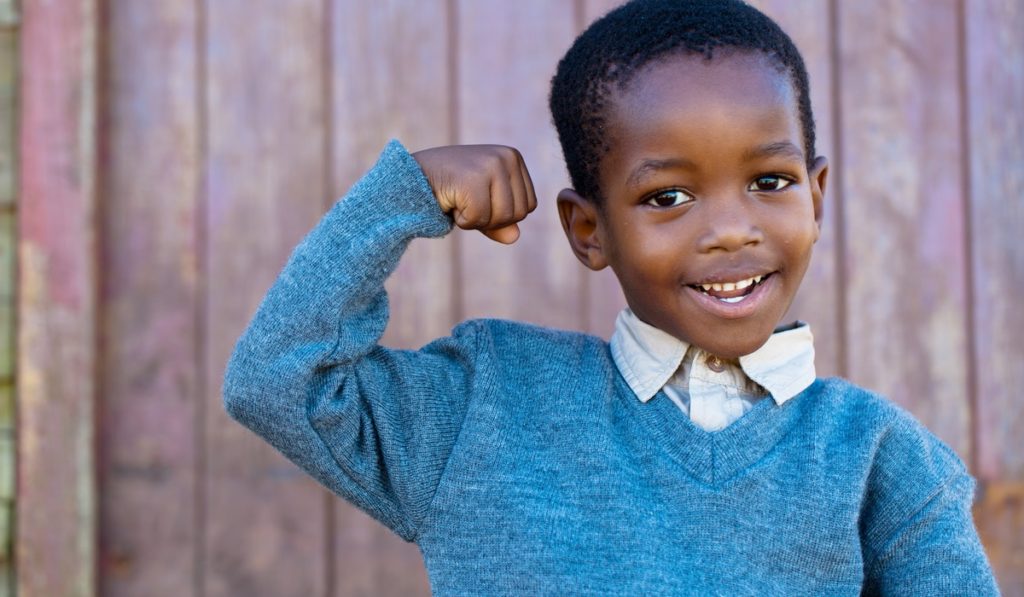
Educate your child how to use affirmations and positive words to take control of anxious feelings.
Teach children that they can use their words to push back against worry and fear.
Help your child come up with a positive affirmation or statements to help them with fearful feelings:
“I am scared, but I am stronger than my fear.”
“I can handle being afraid.”
“This feeling will go away.”
“Feelings are scary and uncomfortable but they can’t hurt me.”
“Slow, deep breaths relax and comfort me.”
“I am stronger than I think.”
“I will get through this.”
Make a list of phrases your child can use, put them on index cards and have your child illustrate them.
Using art to illustrate themselves being stronger than fear empowers kids.
For more advice and some downloadable Calm Moments cards visit Every Moment Counts.
Plans to Stay Connected
Missing friends, grandparents and other older relatives can be difficult for young children. Feeling that their loved ones are far away or at risk of getting sick causes great feelings of panic and separation anxiety.
Use Skype, FaceTime, Duo and other technology to keep loved ones close.
Make a photo album to give to loved ones when you see them next.
Bake a special treat to eat now and some to share when you next visit with special people if your child’s life.
Do something now to create positive memories that will bring joy later.
This helps children look back on difficult times with a sense of perseverance.
Read The Invisible String, by Patrice Karst.
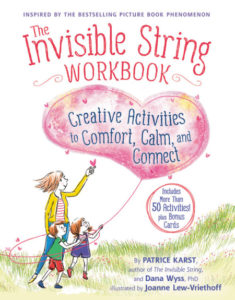
Check out Karst’s companion book The Invisible String Workbook, and discover more than 50 activities to help children find comfort, calm and connection.
Plans for the Future
Let children know that like all storms, this too will pass, the sun will shine again, and life will get back to normal.
Make plans now to do fun things that your child has been missing: a trip to the zoo, a pizza night out, a visit with grandparents.
Although waiting is hard, especially for children with autism, knowing that there are happier times ahead eases some of the discomfort of this trying time.
Let your child know that every day they are one day closer to things becoming more like the way were before.
Make an “undated” visual calendar and fill it in with fun activities your child is missing now.
Instead of a month write, “Not Now, But Then” or “Soon we will…”
Adding magnets, stickers or drawings to the calendar is empowering and gives your child hope for the future on days that seems dark and depressing.
As always, wishing you, your children and your families peace and wellness, Jan

By signing up, you’ll also receive your free guide with 20 ways to comfort your child…mind, body and spirit.


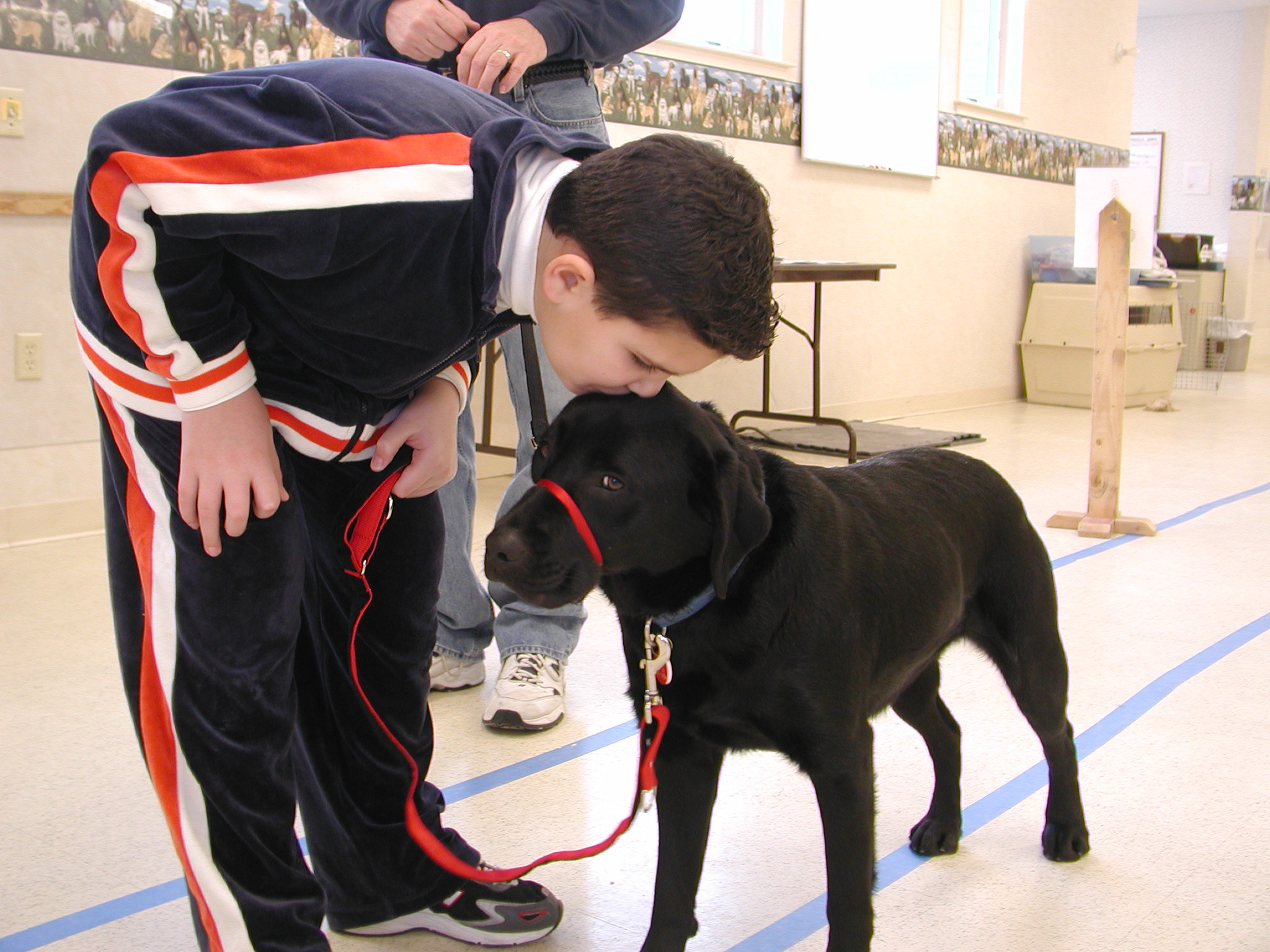
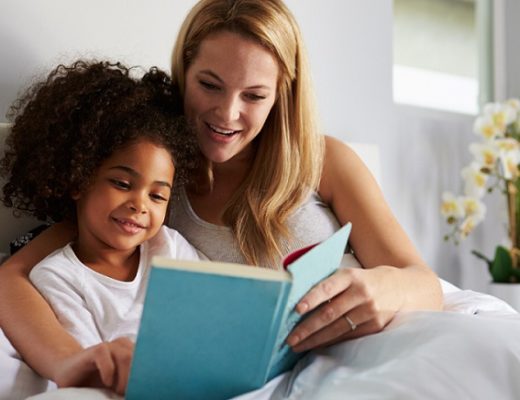



 in Ohio
in Ohio
No Comments